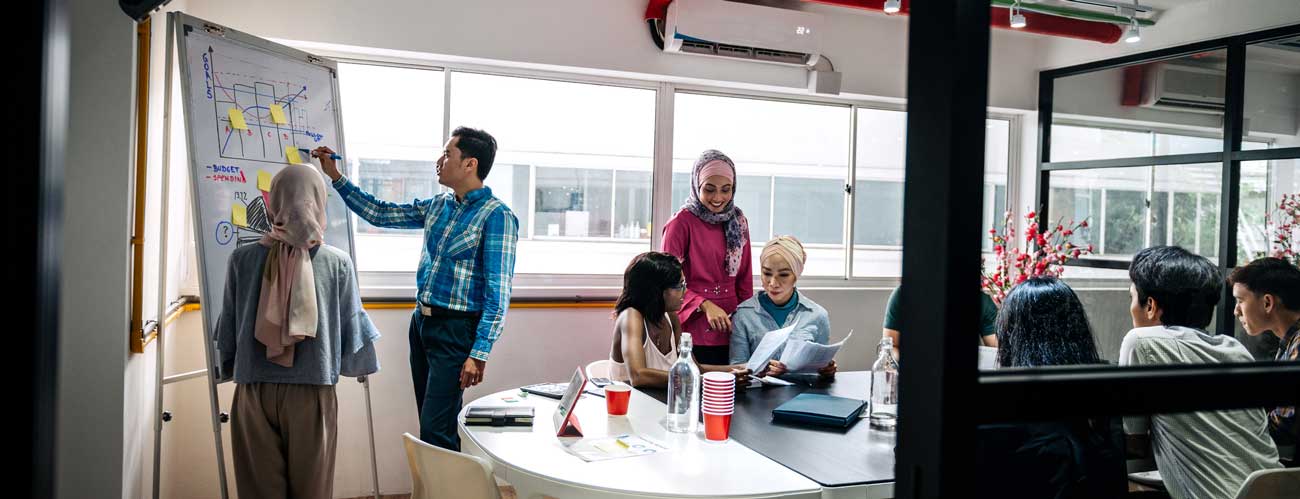Audio Version - 3-Minute Listen
At-a-Glance
Person-centered practices can play a key role in helping people with disabilities make informed choices about working and create goals to meet their employment goals. However, person-centered practices have not been adopted consistently across the vocational rehabilitation profession. A shift from system-oriented decision making to person-centered practices can be difficult because they often require a change in organizational culture and attitudes. This case study used an episodic and continuous change model to help a vocational rehabilitation agency adopt person-centered practices statewide.
Key Findings
- A diverse range of attitudes about organizational change, including resistance, exists in agencies.
- Leadership buy-in and support is required for organizational change to succeed.
- Intentionally planned, short-term episodic changes are the springboard for organizational transformation.
- Continuous change incorporates and reinforces the lessons learned during the change episode.
- Adoption of new beliefs and attitudes about person-centered practices ultimately come down to individual decisions by staff members to adopt the new attitudes.
Put it into Practice

Tips and tools to help you apply best practices at work.
- Develop a cohesive, educational communication plan across all levels of the organization.
- Provide organization-wide professional development.
- Commit to wrap-around support.
- Engage with self-advocates, families, and community partners.
- Conduct a kick-off episode in-person to set successful communication dynamics.
- Evaluate episodic changes to identify opportunities for continuous change.
- Use Communities of Practice as an ongoing learning tool and to foster continuous change:
- Recruit proponents of person-centered practices to build a strong community foundation, but include staff with diverse points of view.
- Train members in the stages of organizational change to give them insight and potential strategies.
- Reinforce and promote use of lessons learned from episodic change.
- Encourage staff to try new strategies within the Community, evaluate the strategies’ effectiveness, and adjust as needed.
More About the Research
This case study includes an overview of the episodic/continuous model of organizational change, with detailed information about how to implement each type of change.
Learn More
Gunty, A., Van Ness, J., & Nye-Lengerman, K. (2019). Be a change agent: Tools and techniques to support organizational and individual transformation. Journal of Vocational Rehabilitation, 50 (3), 325-329.

